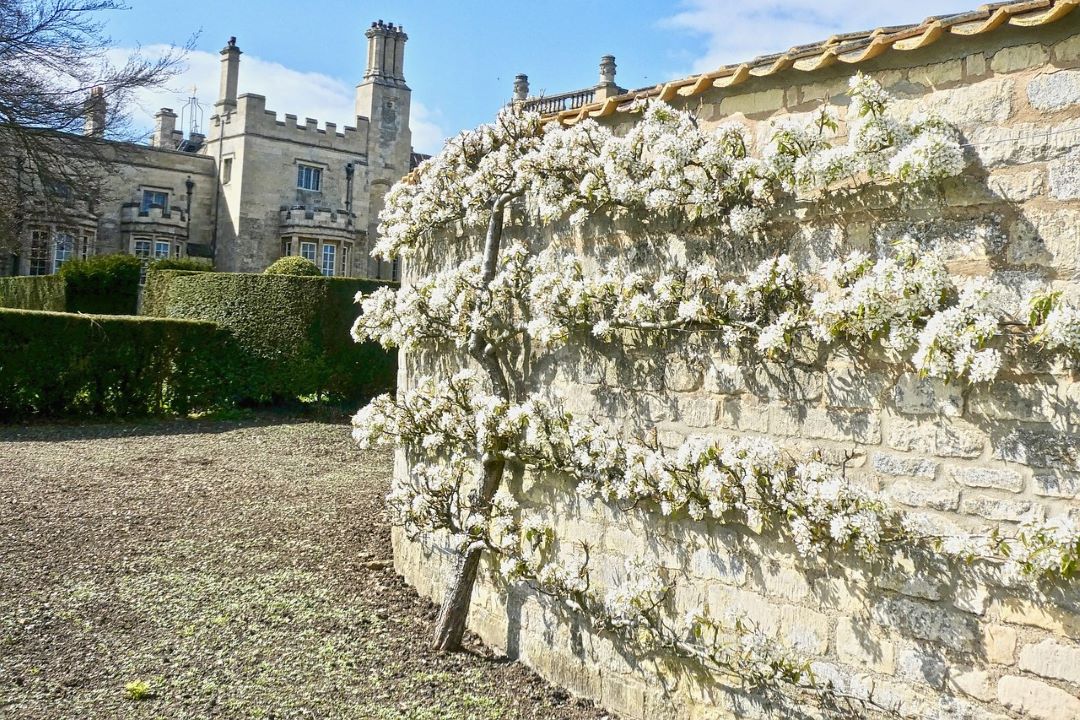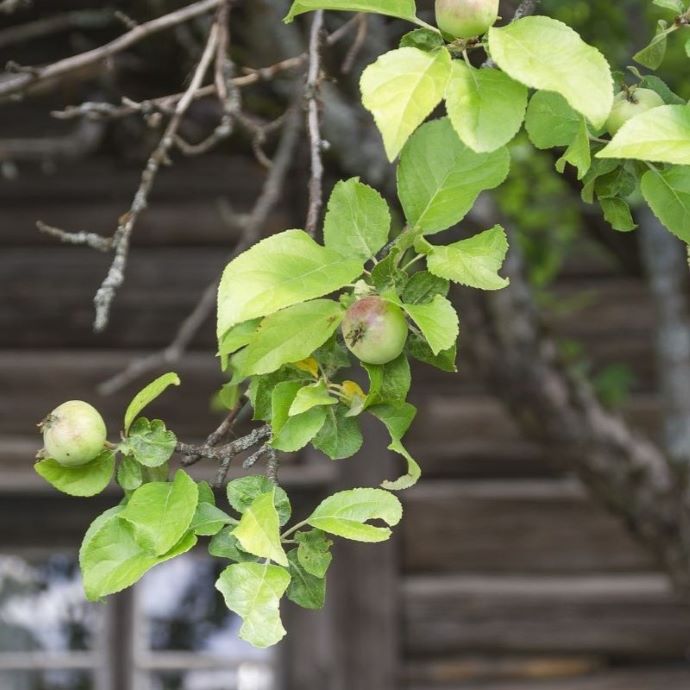Advice & Inspiration
Pruning Apple Trees: A Complete Guide
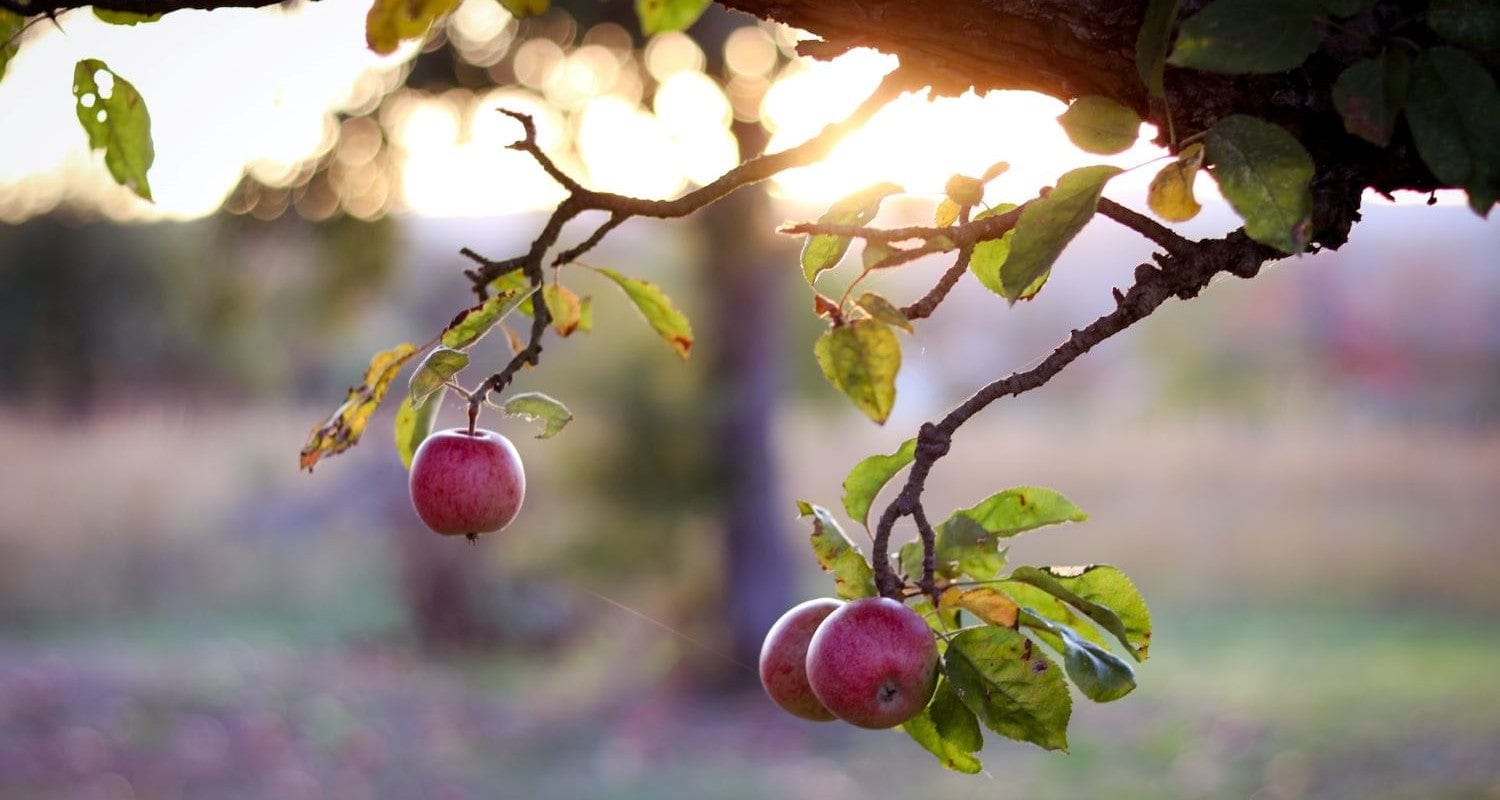
Apple trees are one of the easiest fruit trees you can grow, needing relatively little in terms of maintenance. The one thing you can do to give them a boost is to prune them every year - and it needn’t be a chore. Little and often is the name of the game, and it can bring surprising benefits. We asked our fruit experts for their advice on every aspect of pruning apple trees.
Jump to:
- Why prune?
- When to prune
- Tools
- When to start pruning
- Pruning young trees
- Pruning established trees
- How much to prune
- Pruning mature trees
- Pruning around the tree
- Training apple trees
Why prune apple trees?
Pruning your apple tree can be daunting if you’re not sure how to start, but it’s easier than you might think. “You don’t need to do much with them,” says our tree grower, John, “just a little bit of pruning once a year, which I think is more than worth the investment in time.” A light annual pruning session will help your tree to be more productive, reduce the risk of diseases and keep the tree at a comfortable height to pick from. You’ll also end up with a well shaped tree which fits nicely in the space available.
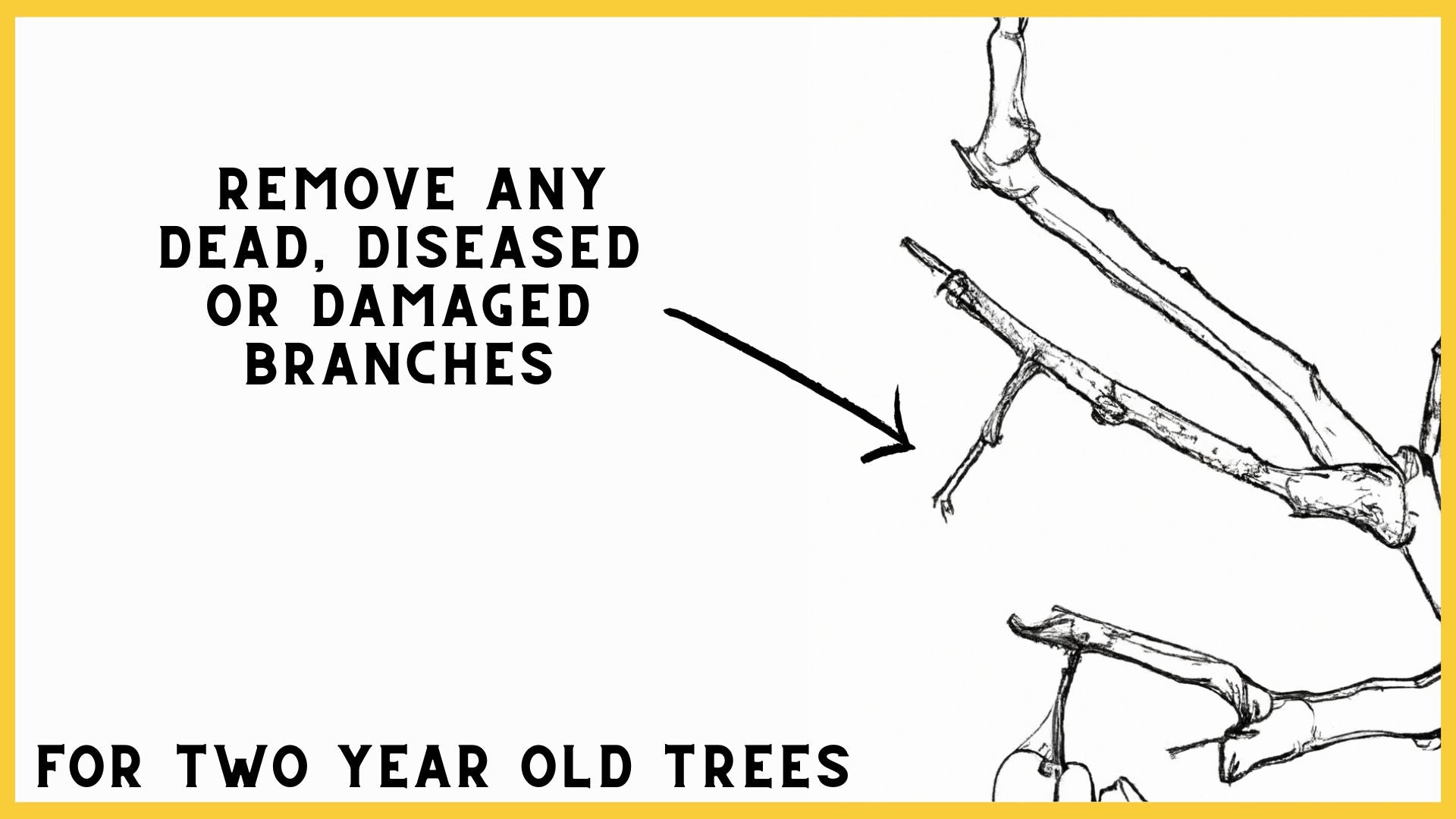
When to prune apple trees
Apple trees should be pruned in the dormant season, between November and March, when the leaves have fallen and they’re not actively growing. Pruning at any other time of year could mean that you accidentally cut off fruit spurs or blossom, or even worse, could injure your tree and let in an infection. It’s best to pick a dry and frost-free day to do your pruning, as this will help the pruning cuts to heal faster.
Trained or restricted trees such as cordons, espaliers and fans will need a second pruning in summer to keep them looking neat - here’s how to do it.
Tools for apple pruning
Gather your tools before you start pruning, first making sure they’re clean and sharp. If your tree is tall enough that you have to reach above your head to prune it, you’ll also need a stepladder. You’ll need a pair of secateurs and for taller trees, some loppers or long handled pruners. If your apple tree is larger or more mature, you may need a pruning saw for the thicker branches. If you have more than one apple tree to prune, make sure your tools are sterilised between trees, to stop any infection spreading. You can do this by wiping them with a clean cloth dipped in disinfectant or rubbing alcohol.

When should I start pruning?
Your apple tree from Roots will be at least two or three years old when you buy it, and has been professionally pruned by our growers to make sure it grows strong and well shaped. This means that you won’t need to do any pruning until the year after you plant it, when you should follow one of the methods below according to the age of your tree.
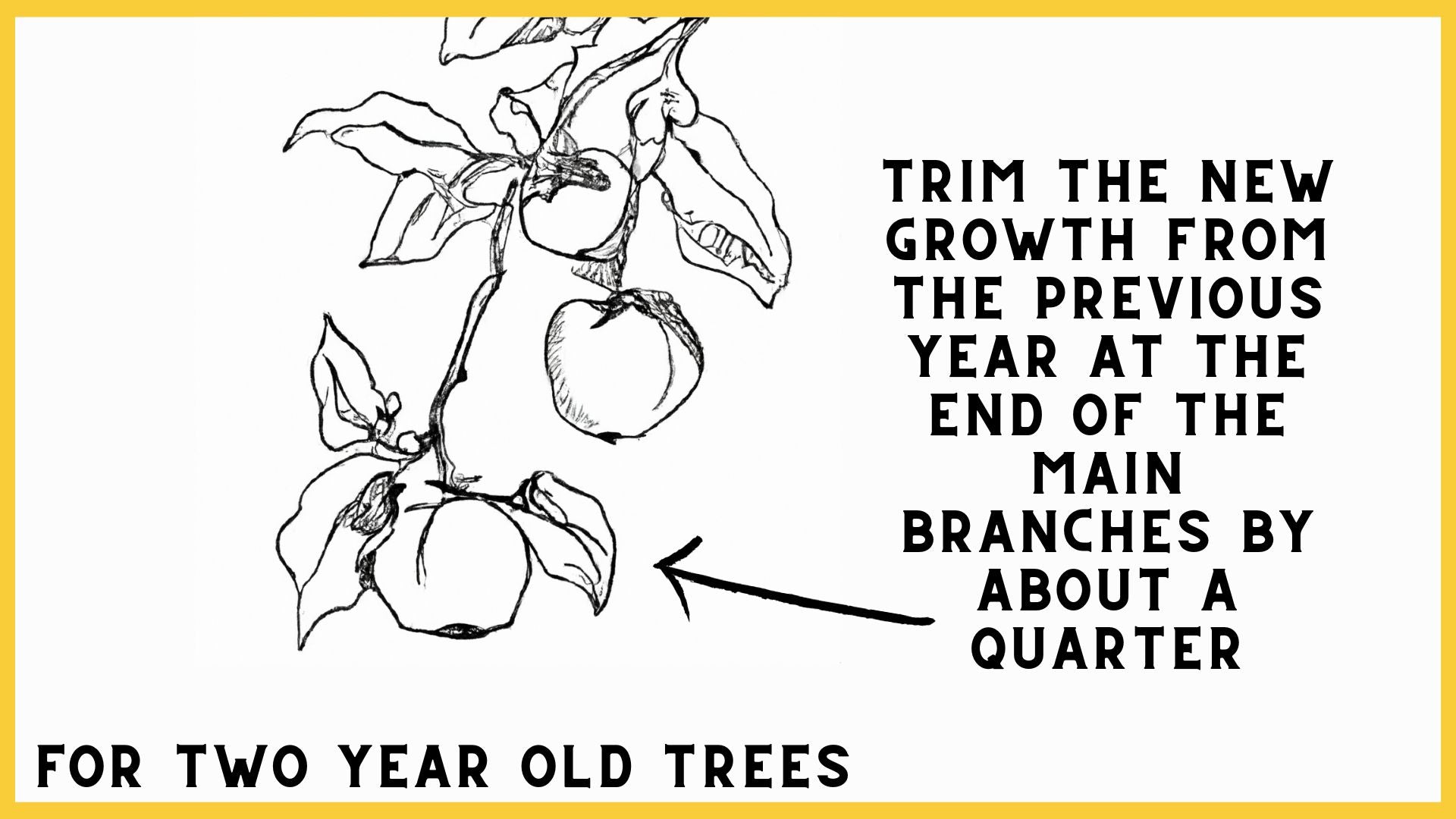
For two year old trees: how to prune a young apple tree
The winter after planting, you should firstly remove any dead, diseased or damaged branches. Then trim the new growth from the previous year at the end of the main branches by about a quarter. Be careful not to prune away any side shoots coming off the main branches (unless they’re overcrowded) as these are where the fruit spurs are and you don’t want to lose those!
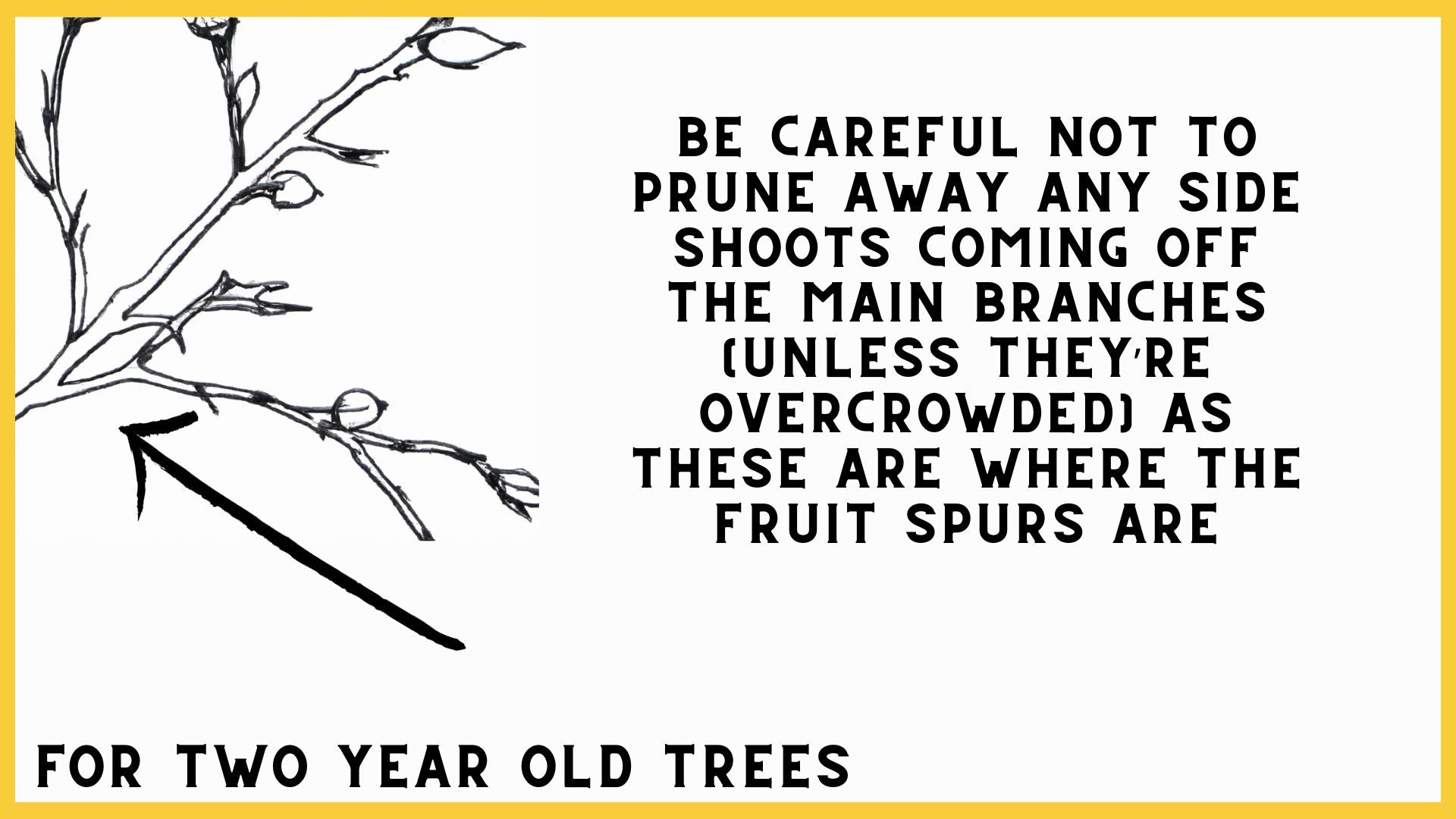
For three year old trees and beyond: how to prune an established apple tree
Firstly, remove any branches or parts of branches that are dead, diseased or damaged. You should then take a look at the middle of the tree and prune out any branches or stems that are crossing over, growing inwards or otherwise crowding each other. By doing this, you’re aiming to create a nice open centre to the tree so that air and sunlight can flow freely through it, reaching all of the fruit when it grows. A good rule of thumb is leaving enough space between branches that a small bird could fly through them, and you should try to avoid cutting branches of more than 10-12cm diameter unless they’re in a poor condition, as this can unbalance the tree. Most apple trees are pruned into a goblet (wine glass) shape - you can also prune off low growing branches at the bottom of the trunk as these generally won’t get enough sunlight to be productive.
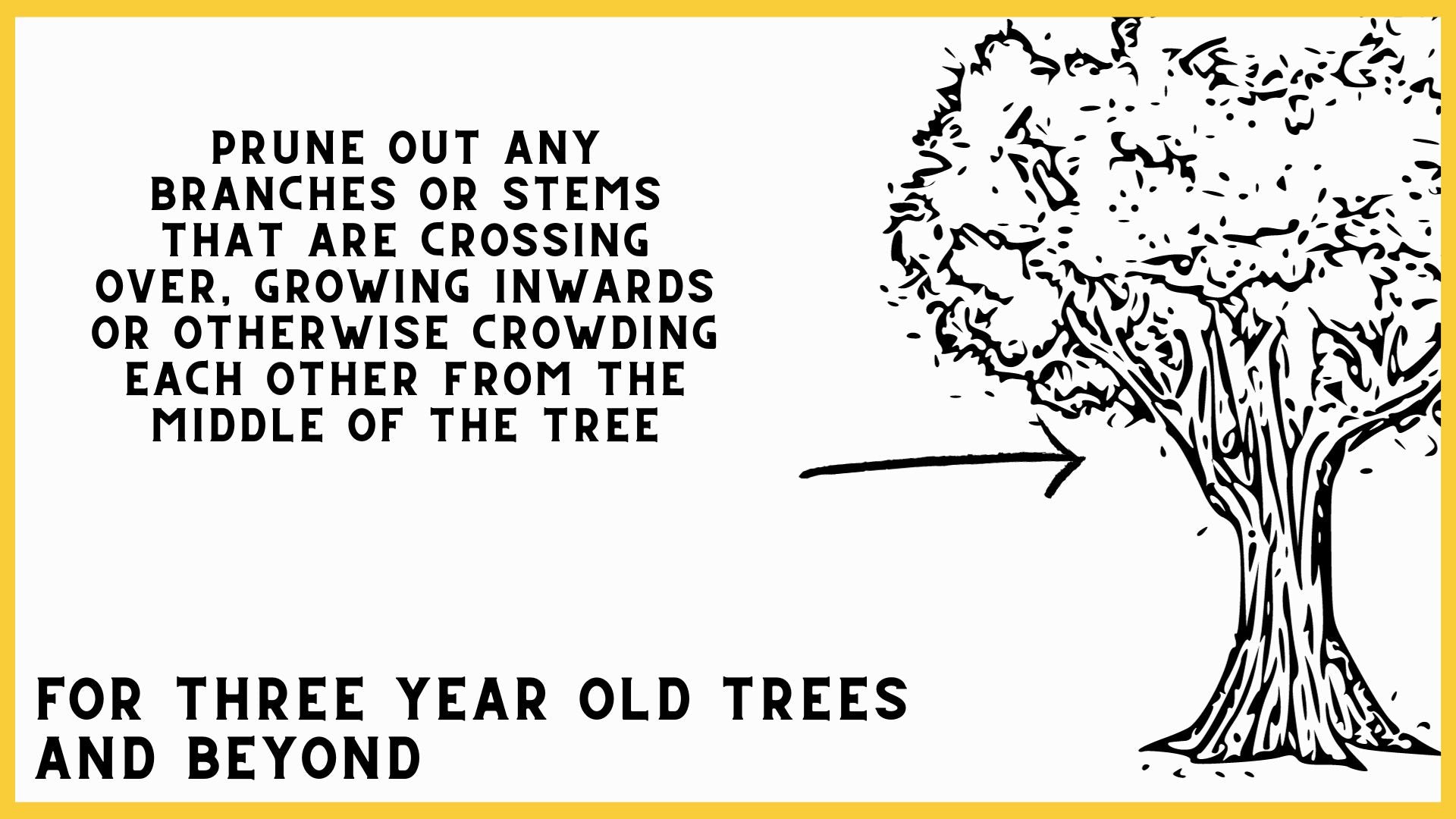
How much should I prune off my tree?
You should aim to prune no more than 10-20% of the branches from your tree in any one year. Mature trees (see below) may need a bit more. Your cuts should be clean (not jagged) and diagonal, and you should aim to cut above and sloping away from a bud.
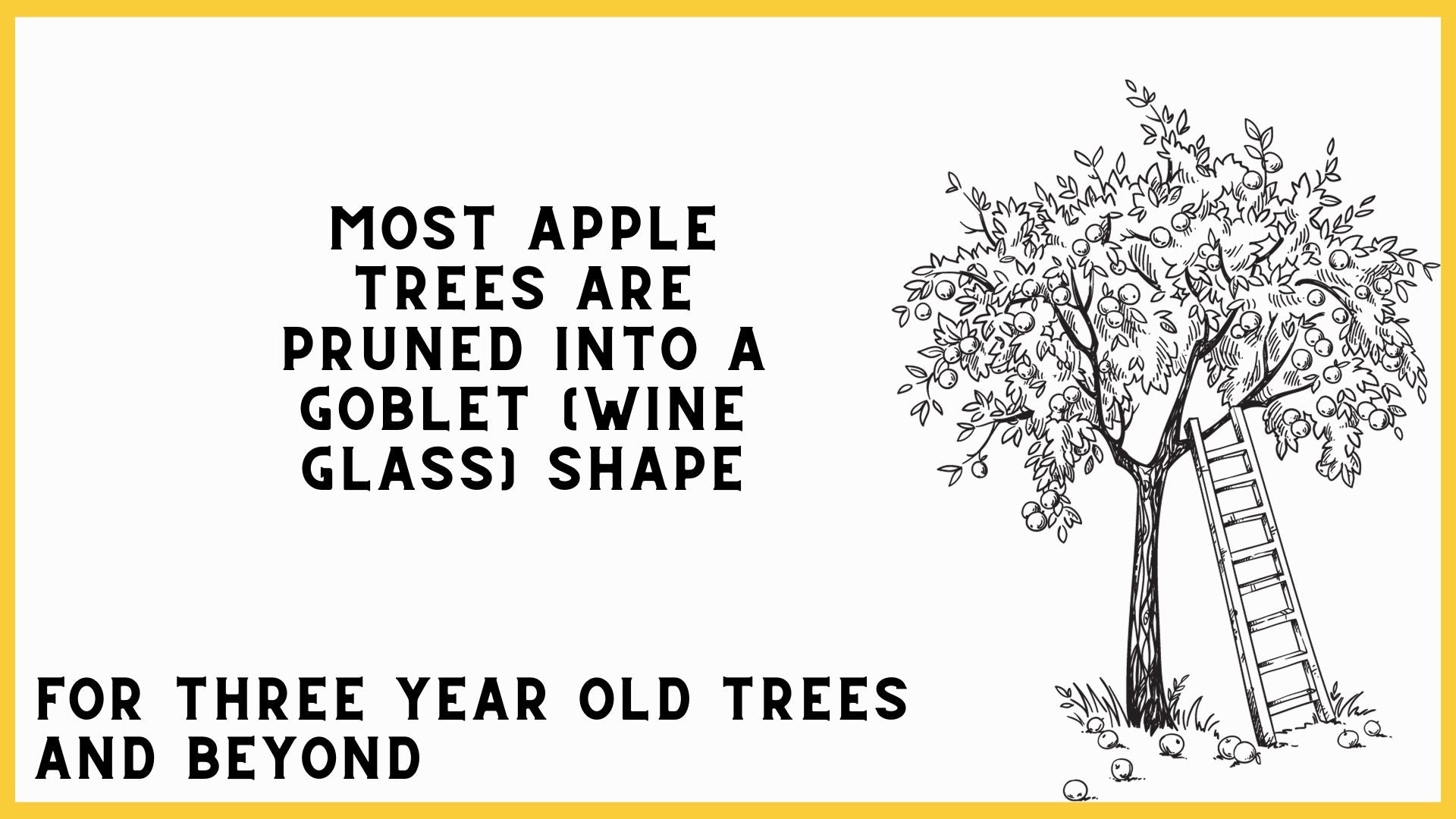
How to prune mature apple trees
If you’ve inherited an old apple tree that’s been neglected or isn’t in the best condition, you can improve its health (and appearance) by pruning. As trees age, they have less energy, so pruning them smaller can help the tree to direct its strength into producing blossom and fruit rather than growing new branches. You might also need to reduce the height of the tree to make it easier to pick from.
Don’t be tempted to do the job all at once - it’s better to renovate an old tree over two or three winters, taking off a little at a time - up to a third of the canopy (branches) is the most you should prune off in one session. Any more than this could weaken the tree and encourage it to put on a lot of weak new growth at the top (which you’ll just have to prune off next time).

Pruning around your apple tree
A small but vital last step in pruning your apple tree is to leave a circle around the base.
Orchardist Victoria from NorthernLily says “it’s really important to keep the base of your tree well mulched and clear of grass and weeds. Create a doughnut shape around the base of the tree, leaving a small inner circle of bare earth and a larger circle of woodchip around that. This will keep moisture in and feed the tree as it rots.”
Shaped or trained apple trees
Training your apple tree into a shape such as an espalier, cordon or stepover can save space in your garden and make the tree healthier and more attractive. It does take more work (more pruning included) but the results are seriously impressive! If you’d like to have a go, follow our guides to espalier apple trees, stepover apples, fan trained apples and more.
